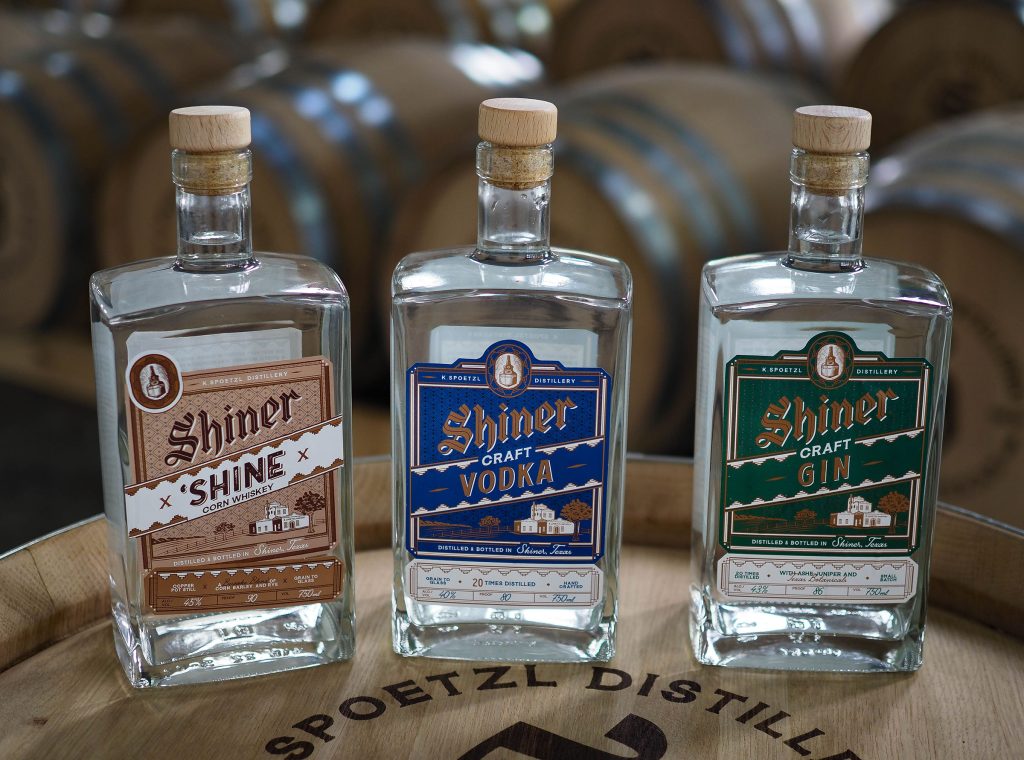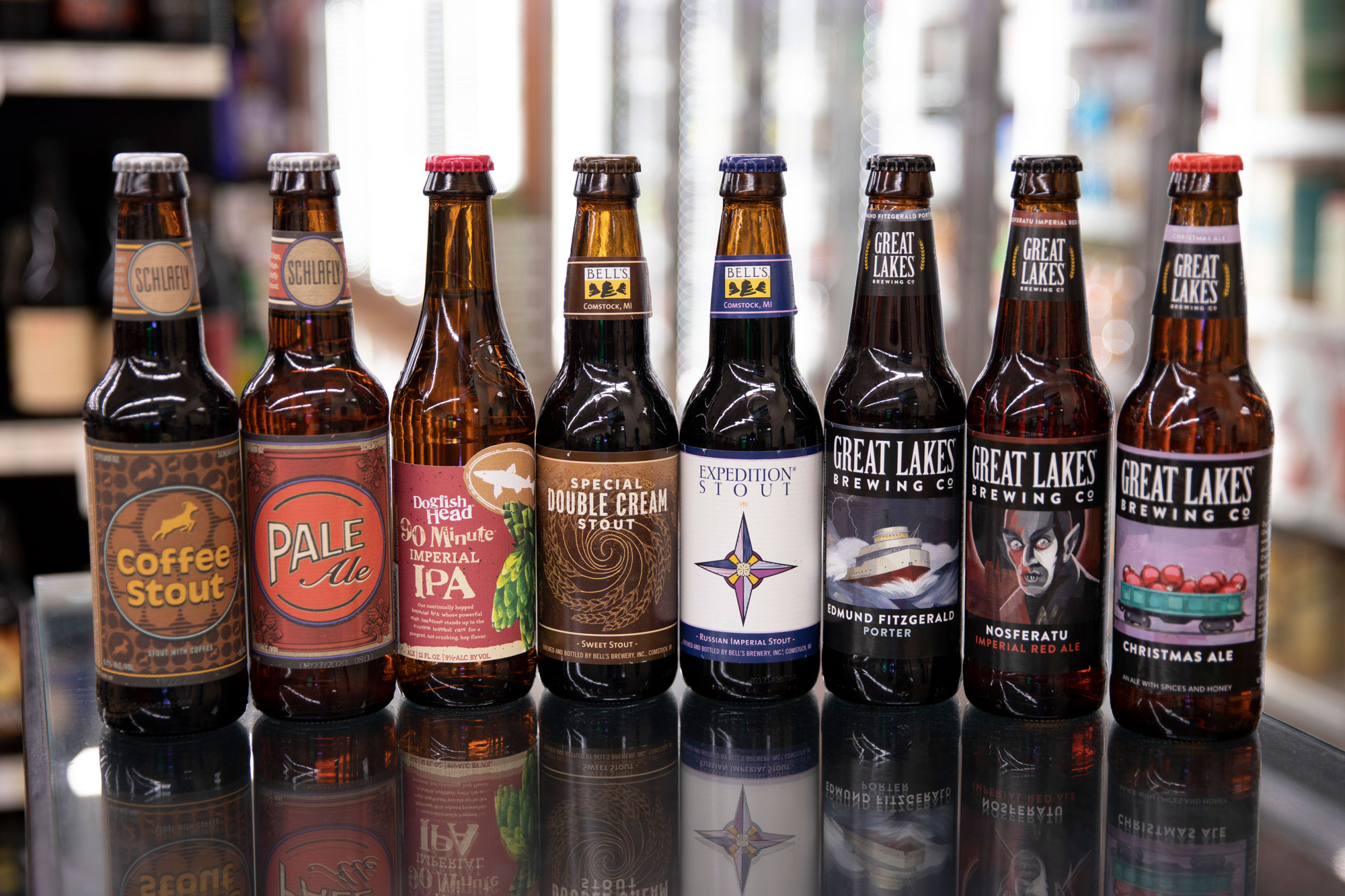Mastering the Craft of Purification: a Deep Dive Into Distillery Traditions
Checking out the intricate art of purification introduces a world steeped in time-honored customs that have actually formed the spirits we enjoy today. From the ancient origins of distillation methods to the contemporary development of distillery tools, each action in the procedure lugs with it a rich tapestry of background and know-how. As we explore the fragile equilibrium of modern-day versus conventional distilling practices and reveal the value of key active ingredients, a much deeper understanding emerges of the extensive impact distillery traditions carry the spirits we enjoy.
Beginnings of Purification Strategies
The advancement of distillation techniques has an abundant background that traces back to old human beings. The idea of dividing elements based on their various boiling factors laid the structure for the advanced purification processes we have today.
The earliest evidence of distillation dates back to around 3000 BC in Mesopotamia, where clay pots were used to boil down fragrances and fragrant oils. The Egyptians better progressed these methods, utilizing distillation for embalming practices and medicinal purposes. The Greeks, especially figures like Aristotle and Hippocrates, contributed to the theoretical understanding of purification.
Gradually, distillation infect areas like India, China, and the Middle East, each society adding its one-of-a-kind touch to the craft. The development of distillation techniques proceeded through the Center Ages and the Renaissance, eventually resulting in the varied array of distillation procedures employed in contemporary distilleries worldwide.
Evolution of Distillery Equipment

With advancements in technology and a much deeper understanding of the purification procedure, modern distilleries now use a range of innovative devices to create spirits of the best quality. Today, distillation equipment consists of column stills, reflux stills, and hybrid stills, each developed to cater to particular purification demands. These contemporary stills supply better temperature level regulation, raised purification precision, and better performance in separating alcohol from contaminations.
In addition to stills, distilleries currently make use of sophisticated condensers, fermenters, and purification systems to more refine the distillate. The evolution of distillery devices proceeds to play a vital duty in forming the varied variety of spirits readily available on the market today.
Typical Vs. Modern Distilling Practices
Conversely, modern distilling techniques take advantage of sophisticated innovation and technology to improve manufacturing processes and enhance uniformity. Automated systems, electronic controls, and advanced equipment allow contemporary distilleries to produce spirits more successfully and with greater precision.
While standard distilling practices are cherished for their heritage and the distinct tastes they generate, modern approaches offer advantages in regards to scalability, high quality control, and sustainability. By incorporating clinical innovations and modern-day design, distillers see it here can enhance production, minimize waste, and fulfill the needs of today's market much more properly. Inevitably, the selection between typical and modern-day distilling techniques commonly depends on the distillery's goals, values, and target market.
Secret Components in Purification Process
Within the craft of distillation, the selection of crucial ingredients plays an important function in figuring out the flavor account and quality of the spirits produced. The key active ingredients used in the purification procedure are commonly water, yeast, and a fermentable resource such as grains, fruits, or sugarcane.
Water is an essential element as it not just dilutes the alcohol material to a tasty degree but likewise affects the general mouthfeel and structure of the spirit. The quality and mineral material of the water utilized can significantly impact the end product.
Yeast is an additional necessary active ingredient that converts the sugars present in the fermentable resource right into alcohol through the procedure of fermentation. Different strains of yeast can create differing aromas and flavors, adding to the unique attributes of the spirit.
Effect of Distillery Traditions on Spirits
The influence of longstanding distillery traditions on spirits expands beyond the choice of crucial active ingredients, shaping the very significance and character of the final distilled products (Galveston Whiskey). These traditions, gave with generations, play an essential function in specifying the unique taste accounts and high qualities that differentiate one spirit from an additional
Distillery traditions encompass a wide variety Homepage of practices, from the details strategies made use of in distillation to the selection of maturing processes utilized. For example, using conventional copper pot stills in bourbon manufacturing is believed to give certain tastes and characteristics that are highly valued by connoisseurs. Similarly, the aging of spirits in oak barrels, a method deeply rooted in distilling practices, contributes to the growth of complicated aromas and flavors with time.

Conclusion
From the origins of distillation methods to the contemporary methods, the impact of distillery customs on spirits is indisputable. Distillery traditions play an important role in shaping the spirits industry and preserving the heritage of purification techniques.
Throughout the background of purification, the devices utilized in distilleries has undergone substantial Go Here advancement to boost performance and high quality of the distillation process.With advancements in technology and a much deeper understanding of the purification process, modern distilleries now make use of a range of advanced equipment to generate spirits of the highest possible high quality. Today, distillation tools consists of column stills, reflux stills, and hybrid stills, each designed to provide to certain distillation demands. From the beginnings of distillation strategies to the contemporary practices, the influence of distillery practices on spirits is indisputable. Distillery traditions play an important role in shaping the spirits industry and preserving the heritage of distillation techniques.